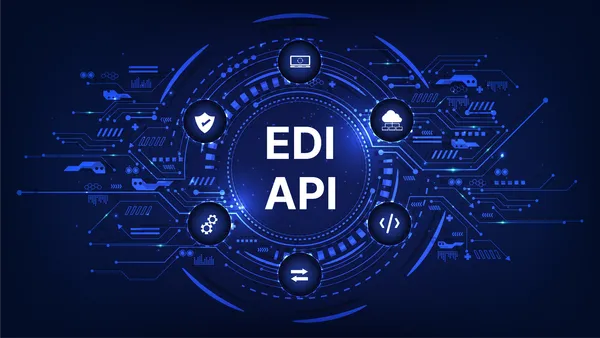Dive Brief:
-
Blockchain maturation needs a parallel rise in regulatory frameworks that will promote network interoperability, manage risk and establish standards, according to experts at a CompTIA and Congressional Blockchain Caucus panel in Washington Tuesday.
-
At the federal level, Congress needs to create a group of federal blockchain stakeholders to advise lawmakers on planning for blockchain technology and encouraging its development, according to CompTIA. At the state and federal level, governments need to implement regulatory sandboxes for early adopters to safely test the technology without fear of regulatory penalization.
- Blockchain hinges on distributed networks and data, and this structure needs to carry over to a distributed governance regulatory scheme, according to Pete Teigen, strategist for global government, blockchain, mobile and emerging tech at IBM Services, speaking at the panel. The government also needs to steer clear of legislating on a technical level and rather focus on regulating governance of the technology.
Dive Insight:
Investment in blockchain is set to double year-over-year to $2.1 billion in 2018, adding thousands of jobs to the market. As the hype settles and the reality of the technology emerges, how it operates within the legal framework of society will be determined in the coming months or years.
There's always some level of risk in any emerging technology, but regulation and sandboxes that support proof of concepts, pilots and innovation can help mitigate the risk.
The interoperability of blockchain networks is critical to the technology's success, according to panelists. Blockchain needs to support a global network of interoperable networks, a process that can be facilitated through policy with standardization, Teigen said.
Right now, blockchain is being developed in a very collaborative environment, but danger is imminent of an organization developing its own network outside of the current mold and keeping it private, said Breck DeWitt, CTO of the North American public sector and director of solutions at Dell EMC, at the event.
Power dynamics between states and companies of different sizes will also demand attention from regulators and lawmakers, according to Joel Waterfield, managing director at Grant Thornton LLP, speaking at the event. When working together, states like California, New York and Texas could have an inordinate influence over what blockchain technologies become de facto compared to smaller states.
Right now, some of the top applications for blockchain in the public sector include credential management, healthcare records and identity management. The federal government and states have been developing and testing a variety of test cases for these applications for several years.
But, like any new and hyped technology, it is important to find use cases for blockchain that cannot be accomplished with existing, established technology. Governments and businesses should not move forward like a blockchain hammer looking for a nail, according to Teigen.
Correction: In a previous version of this article, Pete Teigen was misidentified as Paul.













